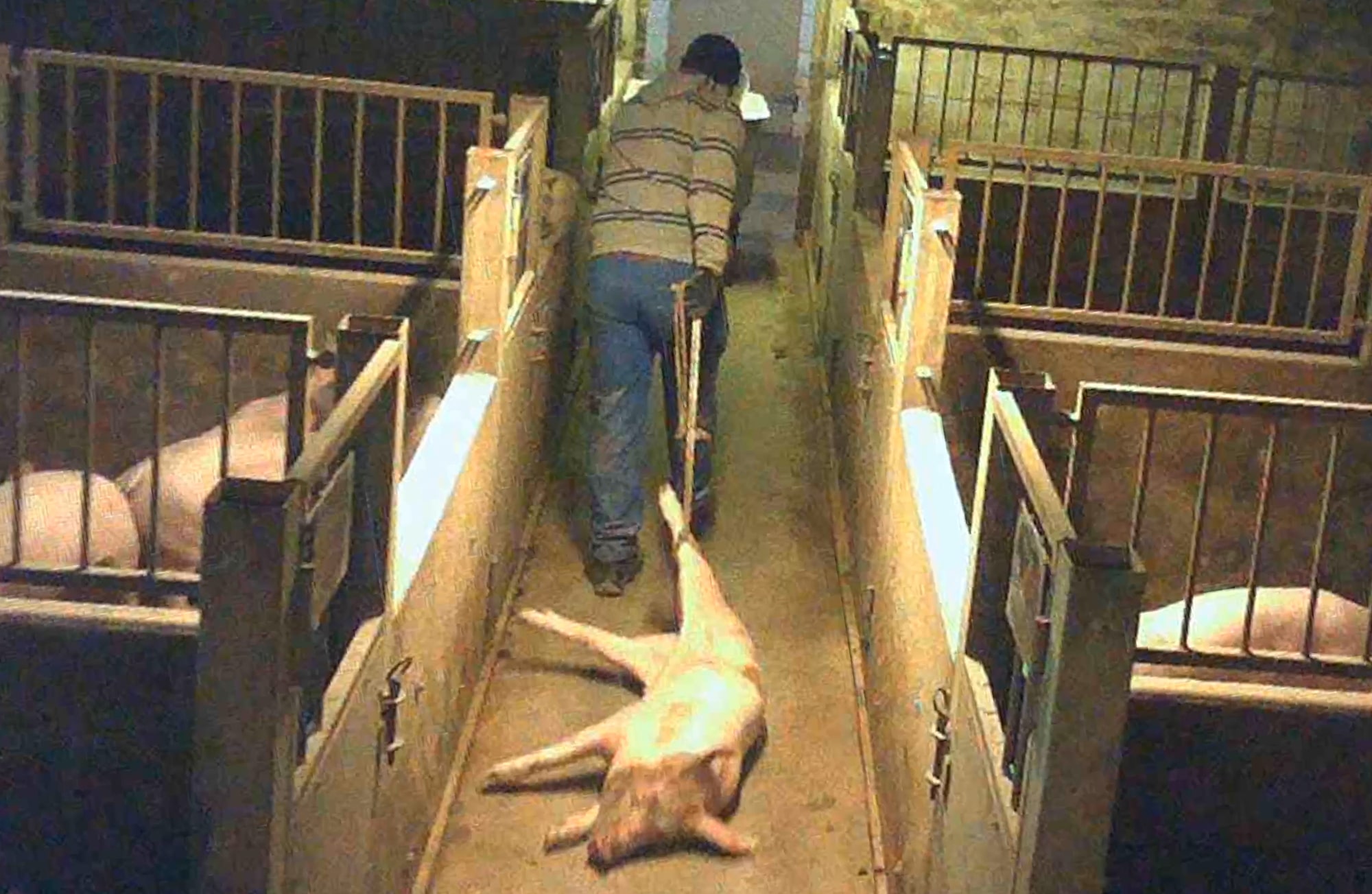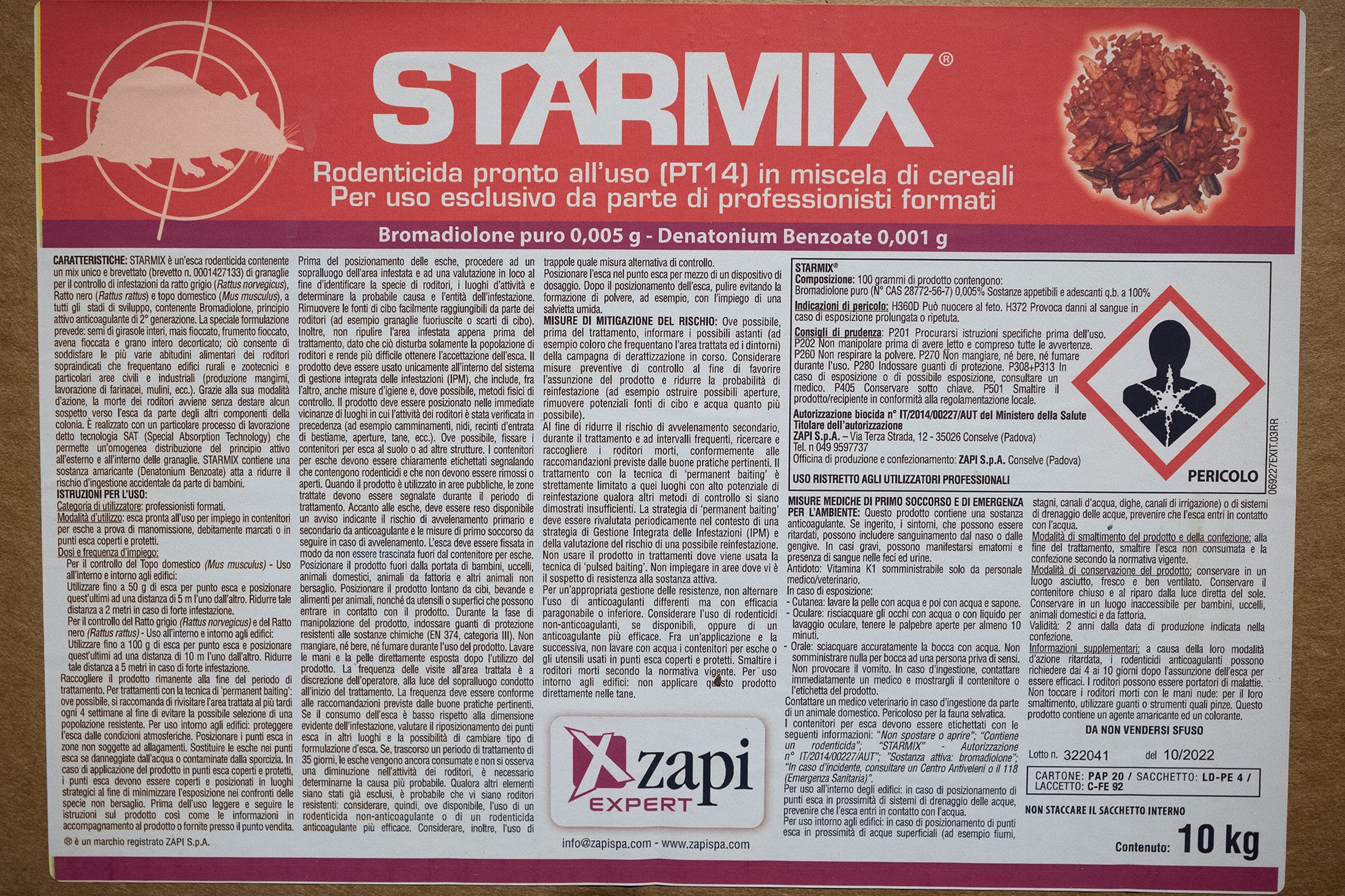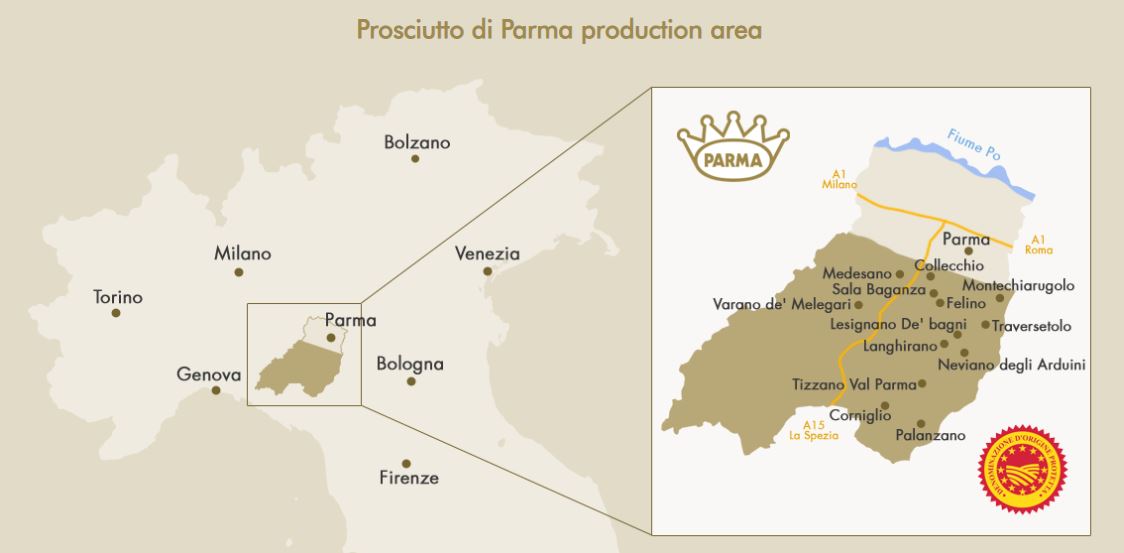THE DARK SIDE OF PROSCIUTTO DI PARMA
Released June 6, 2023 - LCA obtained undercover footage of Italian pig farms, located in north-central Italy. The footage, from early 2023, shows horrendous conditions and animal neglect at three separate pig farms authorized to breed and supply pigs for the producers of Prosciutto di Parma. Prosciutto di Parma has long been celebrated as the gold standard and is known for its superior aged, cured ham. But behind the scenes lies a hidden reality of animal abuse and unsanitary practices. READ THE PRESS RELEASE.
WATCH & SHARE THE LCA INVESTIGATION VIDEO
INVESTIGATION DETAILS
The farms are located in two different districts, Cremona and Modena, in the regions of Emilia-Romagna and Lombardy. On all three farms, totaling 34,000 pigs, there is blatant disregard for the animals. Footage showed tattoos on pigs hind legs indicating they were destined for Prosciutto di Parma. One of the farms was convicted of animal welfare violations in 2021.
Undercover footage shows potential sanitation and animal welfare violations.
Pigs are not treated for their injuries, struggle to breathe, and overcrowded in cockroach infested pens covered in feces.
The footage also documents:
- Pigs convulsing from injuries and illnesses
- Workers throwing pigs and dragging pigs by their legs
- Worker ignoring and running over seriously injured piglet with food cart
- Pigs getting stuck in troughs
- Pigs eating dead pigs
- Rat infestation on farms, rat poison found close to pigs and pigs eating dead rats
- Dead pigs found piled in a non-working refrigerators
- Sick pigs and piglets abandoned and left to die
The U.S. is the biggest importer of prosciutto, importing over 11 million pounds in 2021. There are twenty-two U.S. importers and distributors.
Listed on Prosciutto di Parma website:
- 134 companies, represented by the Parma Ham Consortium and listed on the Parma website, are authorized to produce Prosciutto di Parma.These are the producers that cure the fresh slaughtered pig legs.In response to LCA’s pig farm footage, the Consortium stated that “...the producers have never been implicated in any way in cases of ill-treatment of animals…” The Consortium is not responding directly about the pig breeding farm footage, instead they comment on the unrelated producers who cure the fresh pig leg.
- 84 slaughterhouses and 3,600 pig breeding farms with no public information on the Parma website.
"CHE PORCI" AIRS ON ITALIAN TELEVISION
"Che Porci!", an expose, by Giulia Innocenzi, was featured on Report, an Italian television program. Report shed light on the huge gap between the industry’s promise of the high-quality standards of prosciutto production and the footage, obtained by LCA, showing animal abuse and suffering. Play the video in the original Italian below.
INTERNATIONAL SCANDAL
This is an international scandal that harms animals and deceives the public. Prosciutto di Parma’s high-quality claims mislead consumers who assume the overall production of Italy’s famous brand does not involve animal cruelty.
LCA’s investigation release shows animal suffering behind the “gold standard of Italian Prosciutto di Parma.”
INFORMATION ABOUT PROSCIUTTO DI PARMA
The European Union awards the label Protected Designation of Origin (PDO) to protect names and traditions of high-quality European foods made according to traditional methods in a defined geographic region. The Parma Ham consortium is the official body in charge of safeguarding, protecting and promoting the PDO Prosciutto di Parma. The consortium filed regulations with the European Union setting out the rules relating to the production of Parma Ham.
Parma Ham became one of the first products to be awarded PDO status in 1996.
By law, these extensive PDO specifications must be followed to produce Prosciutto di Parma, but the guidelines are mainly detailing the locations and curing process for the producers after they purchase fresh pig legs from authorized slaughterers.
Per the PDO, Prosciutto di Parma can only be made in the hills around Parma, claiming the unique environmental conditions, which include the Adriatic breezes, mountain air, and humidity in the region, lend to the Prosciutto di Parma flavor.
This region is identified as the geographical boundaries of the Parma production area - South of the Emilia Way, not less than 5 km from it, up to a maximum altitude of 900 meters, bordered to the East by the River Enza and to the West by the Stirone stream.
After pig legs are cured, they are checked for quality standards to be called Prosciutto di Parma. If the meat passes the test, it’s branded with the official certification mark, the Ducal Crown.
Of the 60 pages of the PDO specifications, only one line, on page nine, is dedicated to animal welfare, it reads, Breeding facilities and equipment shall ensure animal welfare.
The CSQA, the largest certifying body in Italy, verifies that the PDO specifications are followed. They also authorize the pig breeding farms, slaughterhouses and producers in the PDO circuit.
Both the CSQA and the Consortium have stated they are not responsible for animal welfare on the breeding farms and that animal welfare on the farms is regulated by the European Union and Italian national legislation which delegates the Ministry of Health to implement controls through local and national veterinary services. It appears the CSQA and the Consortium only care about the product and not the pig.
Prosciutto di Parma has an international reputation of high-quality production standards and controls. Consumers assume there are animal welfare controls that govern the entire process, from the animals on the breeding farms to the final product.
Clearly the footage shows a lack of controls and enforcement of animal welfare regulations and exposes mistreatment of animals. READ THE PRESS RELEASE.
HOW YOU CAN HELP:
-
Stay involved and updated by signing up for LCA's email action alerts.
-
Follow us and share our posts on our Instagram, Twitter, Facebook, and YouTube.



































